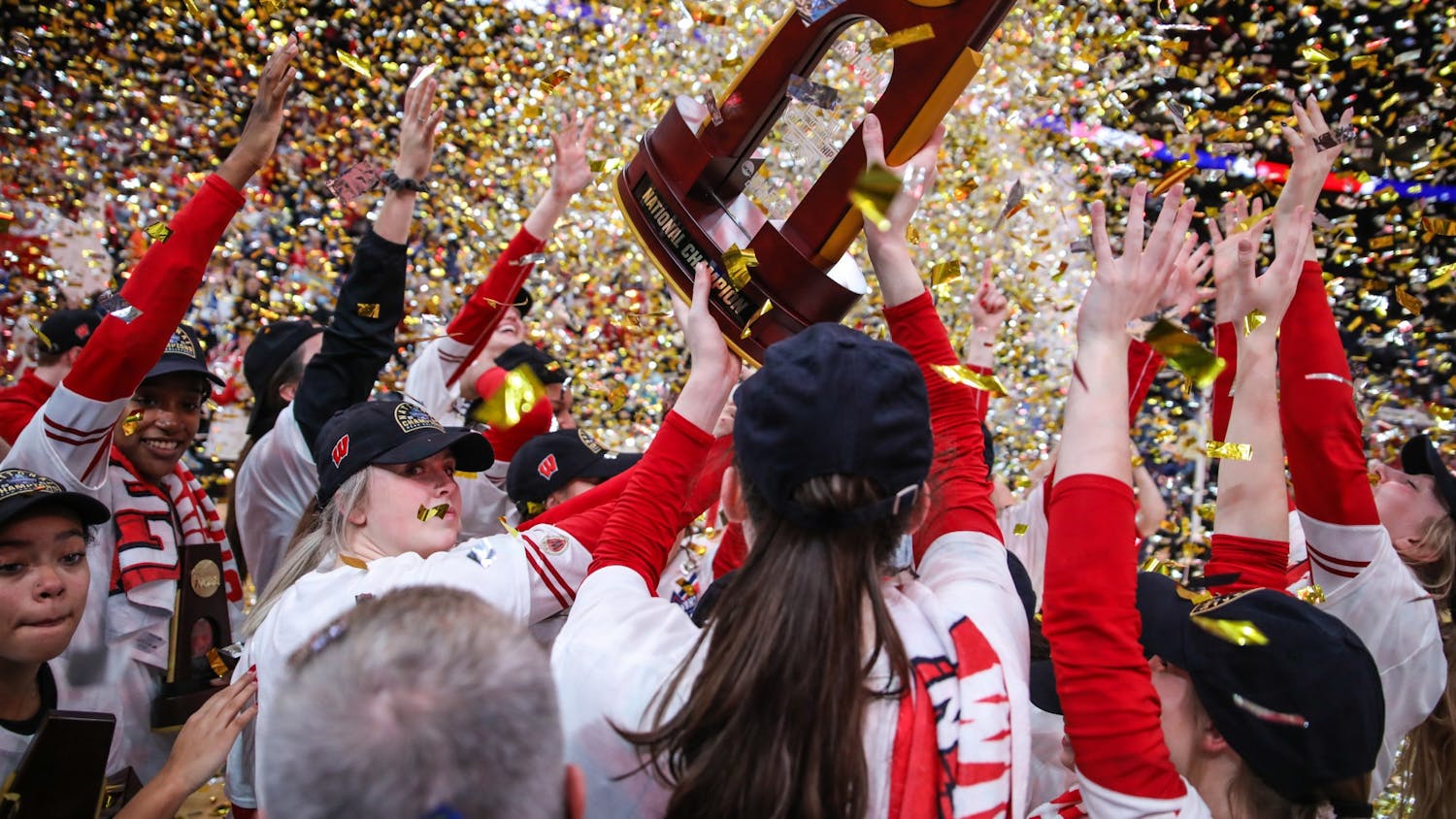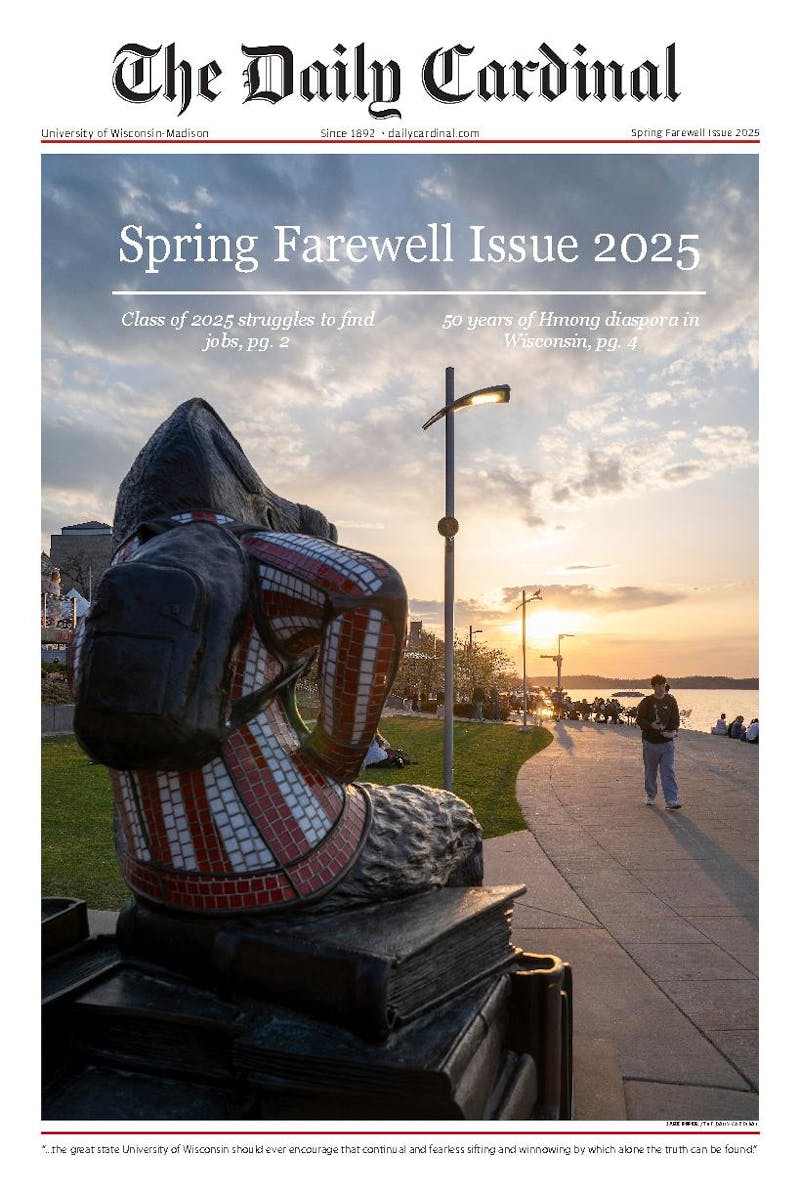One of the most electrifying SEC battles in recent memory took place not on the gridiron in the fall, but in the press room in May, between two of college football’s most legendary coaches.
Nick Saban and Jimbo Fisher, head football coaches of the University of Alabama and Texas A&M University, went toe-to-toe like gunslingers at high noon and engaged in a war of words so heated that the Alabama-Texas A&M football game on Oct. 8 might have to go to five or six overtimes to rival the intensity of the coaches’ feud.
Saban unloaded on Texas A&M in a direct and personal attack: “We were second in recruiting last year, A&M was first. A&M bought every player on their team — made a deal for name, image and likeness.”
Soon after, Fisher called a press conference to respond to Saban’s allegations, and it didn’t disappoint. Within the first three minutes of the 10-minute presser, Fisher referred to Saban, his former boss, as a “narcissist” once, “god” twice and “despicable” six times.
This rather unprecedented public display of animosity between two National Championship-winning coaches is indicative of where the college sports world currently stands. It’s chaos. There are no rules. And my gosh, is it entertaining.
When the clock struck midnight on July 1, 2021, the NCAA rules allowing athletes to be compensated for their name, image and likeness went into effect. Finally, the athletes that generate billions of dollars for the NCAA could market themselves to earn a slice of the massive revenue pie that is college sports.
At first, this change was widely welcomed. Some athletes landed amusing niche deals, like Miami safety Gilbert Frierson inking a deal with the locally-based meat market Lomelo’s. The entire offensive lines for the University of Wisconsin and the University of Notre Dame partnered with Mission BBQ, a chain with locations in sixteen states.
But revenue college sports are a cutthroat world. While Marshall offensive lineman Will Ulmer III was using NIL to finally perform live music under his real name, wealthy boosters of the nations most storied programs were compiling millions in funds and forming collectives, independently organized groups of boosters that work to strike NIL deals with athletes to lure them to their alma mater.
Essentially, boosters can now operate with unchecked power, going as far as their wallets will take them. This has led to concern that money boosters would be giving to the school is now going exclusively to revenue sports, and minor sports might suffer. Understandable, yet rather short-sighted. Top athletic schools across the country amass millions in revenue for their school each year, and collectives funneling more money will only increase that revenue. Ohio State University head football coach Ryan Day recently complained that his program would need $13 million a year just to retain players. In 2021, considered a “down year” because of the pandemic, Ohio State athletics raked in $106,896,918. Please, Ryan. The money is there.
In a weak attempt to tame the lawless prairie of college sports, the NCAA established rules that forbade collectives from contacting athletes to pitch them NIL deals before they committed to their school. Additionally, opposing schools weren’t supposed to be able to reach out to athletes on other schools’ rosters to try to entice them with NIL.
Oh, you’re serious? The NCAA actually thought these things wouldn’t happen? Laughable.
Perhaps the first major alarm was sounded when the 2021 Biletnikoff winner, University of Pittsburgh wide receiver Jordan Addison, entered the transfer portal seemingly out of nowhere. Coming off a career year and on a roster that was only getting better, this kind of move would be perplexing just over a year ago.
Rumors that USC head coach Lincoln Riley had contacted the star receiver and offered him millions in NIL money quickly began to circulate. Pitt head coach Pat Narduzzi reportedly called Riley, furious with him for what, if proven, would be blatant tampering. Addison flirted with Texas and USC before ultimately, and unsurprisingly, choosing to go to Southern California.
Are you not entertained?
Similar situations have unfolded in college basketball as well. Miami point guard Isaiah Wong spent three seasons in Coral Gables, and after putting up 15.3 points-per-game on 45.2% shooting in 2021, the NBA beckoned.
But Wong, seeing his opportunity to cash in, threatened to transfer if his cash-based NIL demands weren’t met. Outspoken Miami booster John Ruiz just inked a $800,000 deal with an incoming transfer to the basketball program, Nijel Pack. Wong felt disrespected. Vociferous players like Wong used to have to take what their program gave them, without a seat at the table. Now, the squeaky wheel gets the grease. Wong and Ruiz reconciled, struck a new deal and Wong elected to return to Miami for his senior season.
Yes, college sports are changing at an unprecedented, exponential rate. Yes, athletes are now able to make money off the games to which they devote their bodies and minds in a hope to one day get paid to do what they love. Yes, it’s utter turmoil. And it’s beautiful.
But the NIL era has caused some to fear that college sports are teetering on the brink of destruction. That the very integrity of the game is somehow being threatened.
In fact, it’s quite the opposite. College sports are undergoing a much needed renaissance, slowly emerging from the dark ages of oligarchical power and an underground recruiting economy.
High-profile college athletes being compensated is nothing new. Leo Lewis infamously received $50,000 cash to commit to Mississippi State University. It goes back further. Southern Methodist University is a small, private university in Dallas that competes with much larger and more storied programs in Texas for athletes. In the early eighties, SMU landed the No. 1 halfback in the nation, Eric Dickerson, and fellow stud running back Craig James to form the almighty “Pony Express.” I wonder how they did it.
There are countless other examples of this that have gone undocumented. Are you telling me Saban amassed top recruiting class after top recruiting class because he convinced recruits that Tuscaloosa is the Venice Beach of the south?
Obviously, Alabama’s rich history and perpetual dominance had something to do with it as well. But that’s the beauty of where college sports currently stand. Athletes are no longer bound by the supremacy of traditional powers. If a player wants to live it up in Coral Gables, make millions from John Ruiz and not have their entire life depend on making it pro, now they can.
Saban’s comments depict him as a frightened old man, not hip to the times and terrified that the grossly exploitative system upon which he built his legacy is shaking at the foundations. Regardless, the NIL era is here to stay. It’s clear that the NCAA needs to implement more rules and crack down harder on boosters living a little too vicariously through their college teams. But for now, it’s high noon on the college sports landscape — and if you truly love the game, you should enjoy it while it lasts.






